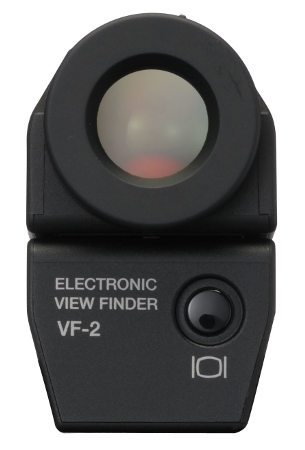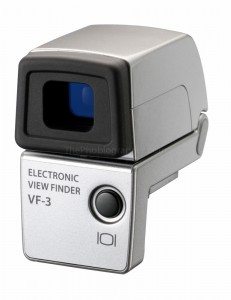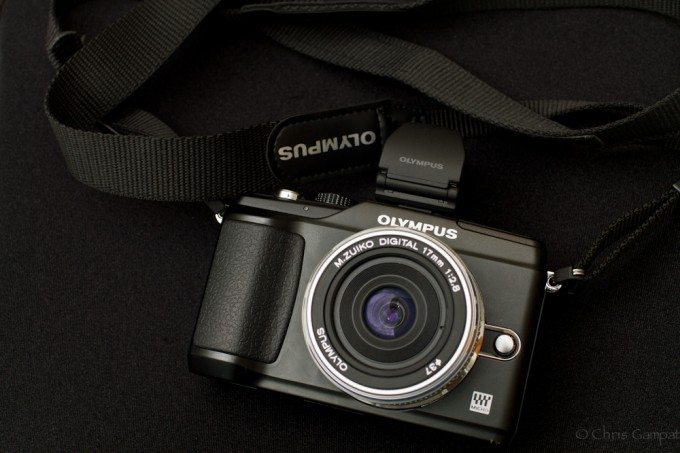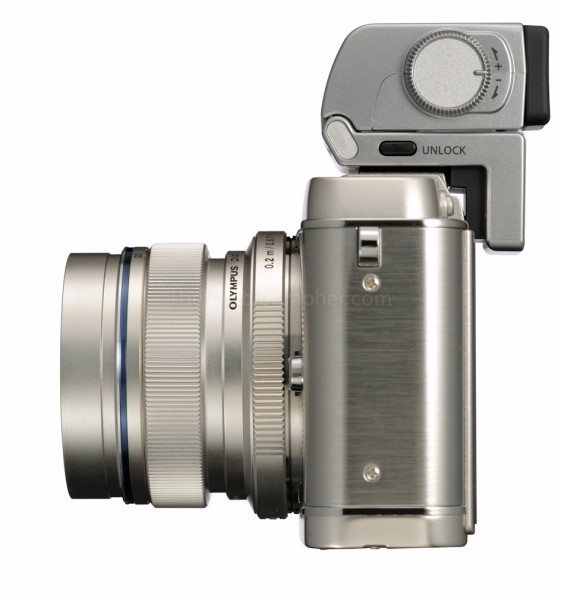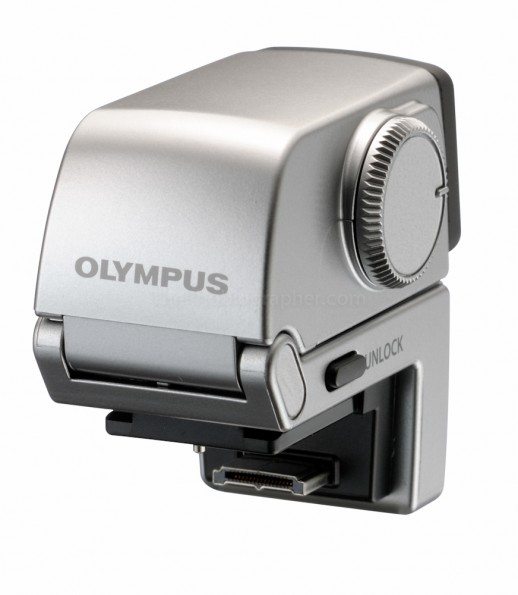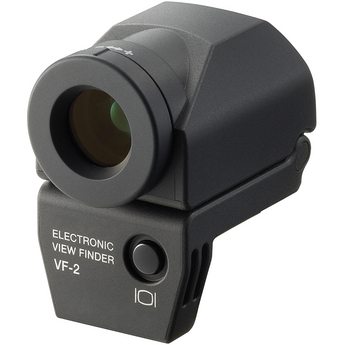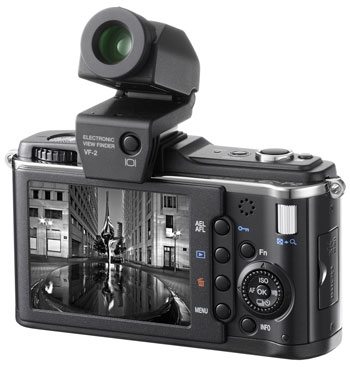Last Updated on 07/27/2011 by Chris Gampat
With today’s announcement of the Olympus VF-3, photographers already invested into the Micro Four Thirds camera system may be wondering why they may need another viewfinder when they have the very good VF-2. So what exactly is the difference between the two?
Ergonomics
During my time with the VF-2, I found that it made my camera larger than it really needed to be but not to an unmanageable point. However, I was a bit bummed that it couldn’t fit in my Olympus Pen Premium Case while attached to the camera. While the resolution was absolutely stunning, the viewfinder had its quirks. For example, the top flipped up too easily without locking into place. Speaking of lock, I was a bit shocked that the VF-2 didn’t have a way to lock into the hot shoe of the camera. I often felt that it could fall off easily and then an expensive unit could have been damaged easily.
Once again though, this was all trumped by just how good the viewfinder was. Think the Fuji X100’s was nice? Take a look at this one.
With the VF-3, it looks like Olympus has listened to the complaints but integrating an unlocking mechanism into the design. Plus as you can see in the photo above, there is exposure adjustment. (Correction, it is diopter adjustment. This confused me at 11:30PM at night because the VF-2 has diopter adjustment around the eyecup)
The new VF-3 also has much smoother lines than its predecessor and a color balance adjustment setting as well.
The photo above is of the older VF-2.
Price
VF-3: $179.99 (street)
VF-2: $249.94 (black at B&H) and $249.99 (black at Amazon) Note that prices may change.
Features
VF2: This viewfinder’s electronic screen boasts around 1MP of resolution and is known as possibly the best electronic viewfinder currently on the market. It is big and when attached to a camera like the EP3 (or EP-3 and E-P3 for those of you that like things totally correct), it looks like the viewfinder of an old school SLR camera.
VF3: The newly announced Olympus VF3 has new controls accessible from the viewfinder. Users can calibrate the brightness and color temperature to their own tastes. The stats above have also apparently come from Olympus America’s website. The VF-3 has a lower resolution and less magnification than the VF-2.
Want more on Micro Four Thirds? Take a look at our Olympus EP3 review, high ISO test, street photography test, test with Panasonic lenses, focusing speed test, and video test.
Oh yeah, and the EPL-3’s (EPL3, E-PL3) price has been announced today to be $699.99 (no matter what lens you choose). But is it for you? Take a look here.
In the end: lots of Micro Four Thirds fans will still want an integrated viewfinder.
Please Support The Phoblographer
We love to bring you guys the latest and greatest news and gear related stuff. However, we can’t keep doing that unless we have your continued support. If you would like to purchase any of the items mentioned, please do so by clicking our links first and then purchasing the items as we then get a small portion of the sale to help run the website.


